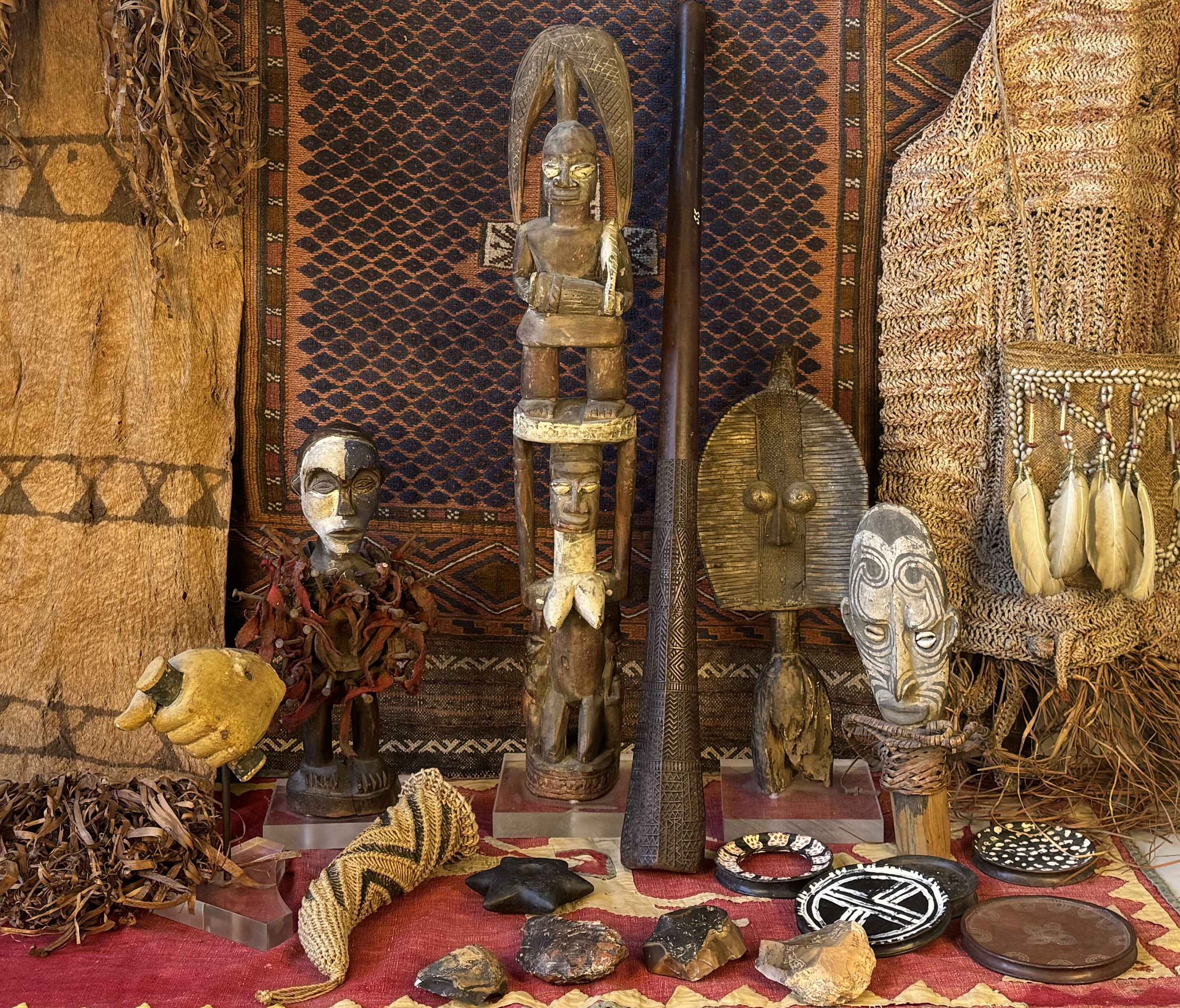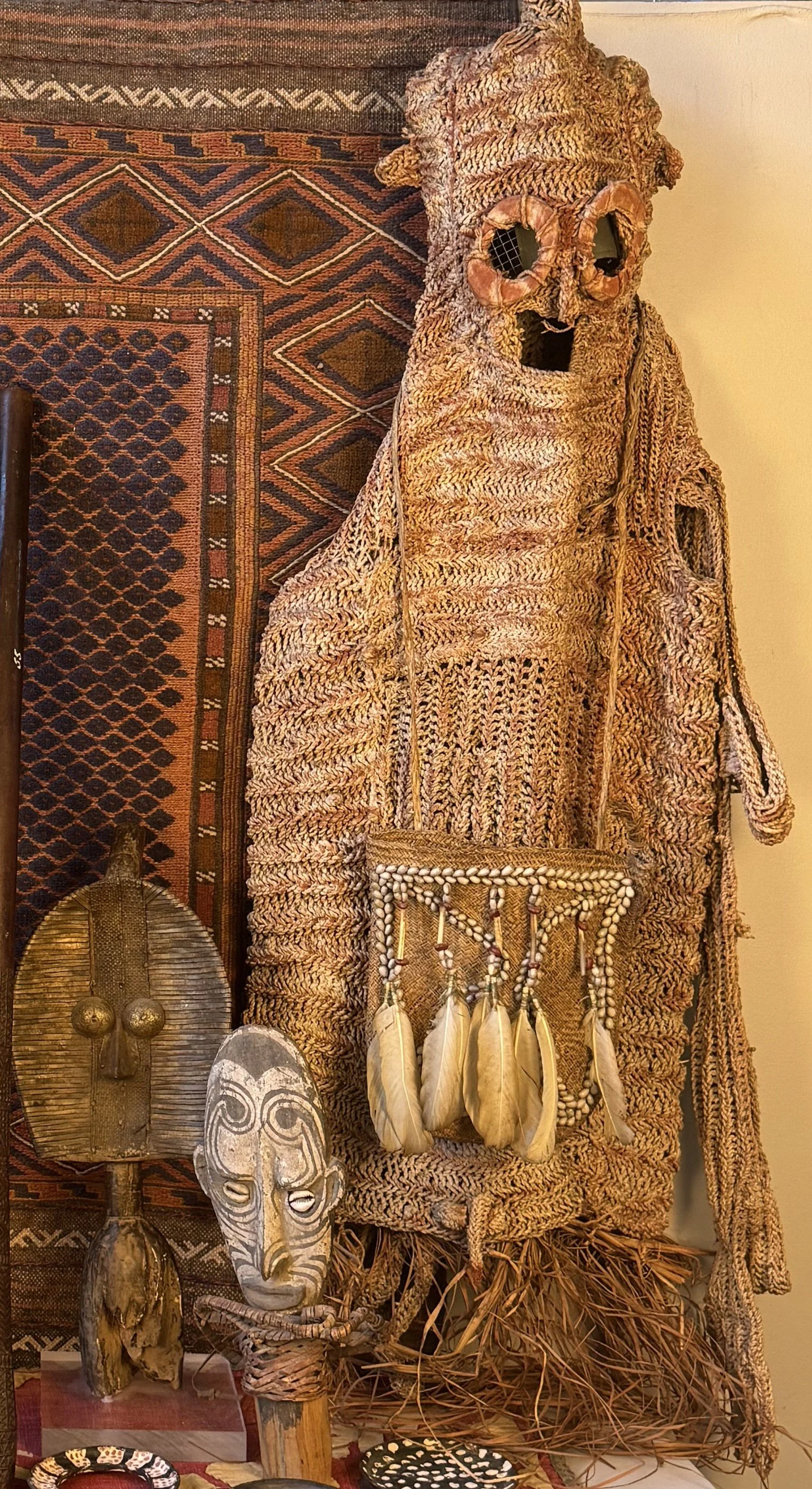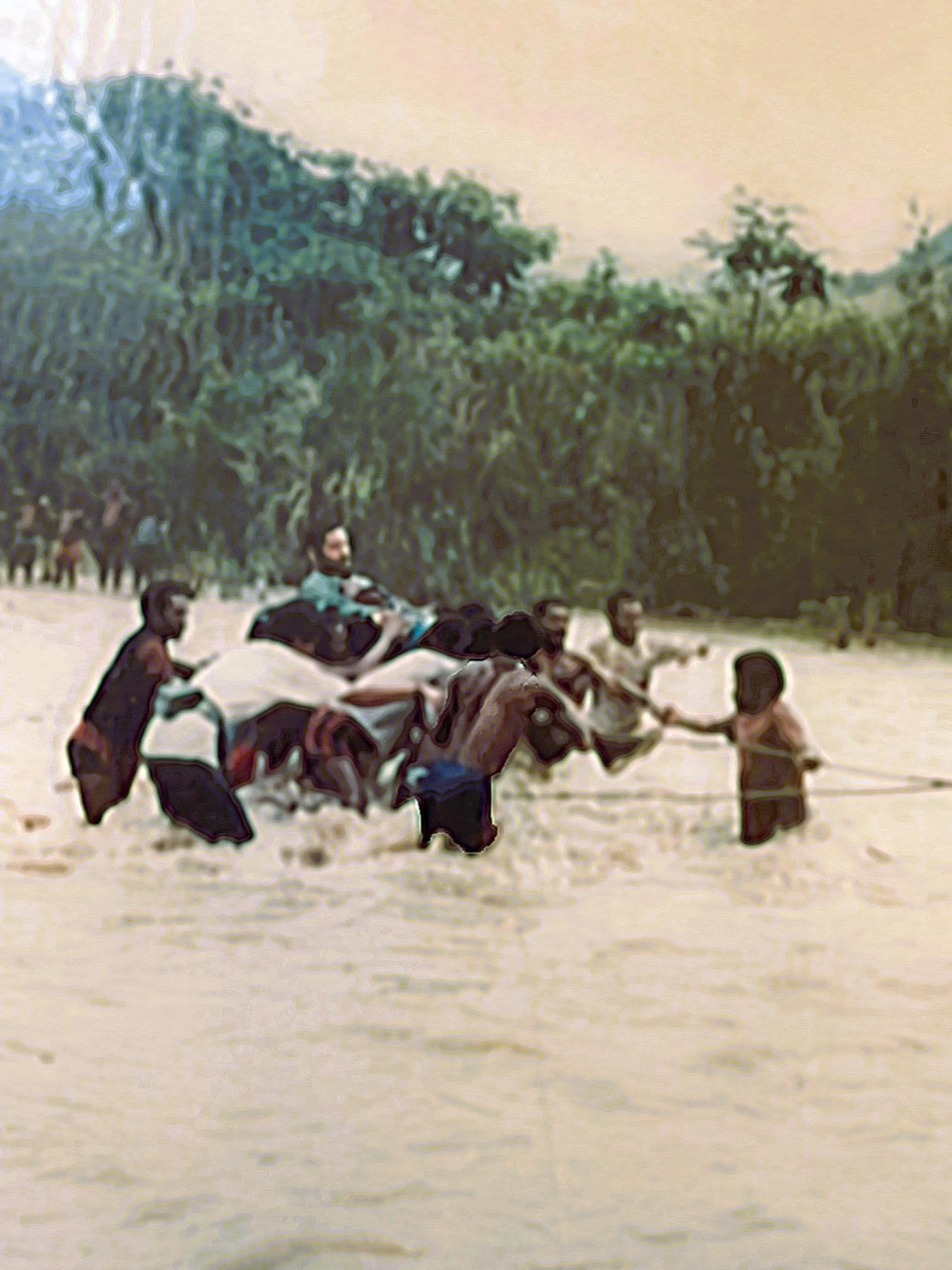
THE ANTHROPOLOGICAL COLLECTION OF NICOLAS KINLOCH
SELECT INTERIORS
FRIDAY 15 AUGUST
9:30AM
VIEWING
TUESDAY 12 AUGUST 10:00AM - 4:00PM
WEDNESDAY 13 AUGUST 10:00AM - 4:00PM
THURSDAY 14 AUGUST 10:00AM - 4:00PM
HIGHLIGHTS
NICOLAS KINLOCH
WRITTEN BY HIS SISTER, JANE FULCHER
“Nicolas was always a bit of an enigma. Adopted aged 18 months of a mixed-race parentage he always, from an early realising age, wanted to know his heritage. He wasn’t sure but always felt he had Egyptian rather than African blood. He started to read voraciously and collect anything “interesting” to do with travel. His bedroom, over the years, was filled with African and other worldly objects and books about different countries. He even housed a praying mantis for a few years!
Travel for him really started when he left university and he applied for VSO to Kano, Nigeria. After 2 years teaching out there, he returned to England and ended up in Cambridge taking up a history teaching position, which lasted, at the same school, for 35 years becoming Head of History. History was his passion and all his books reflected this.
He travelled the world to places deemed dangerous but to him fascinating, living with tribes in Papua New Guinea, Northern Ethiopia, Mongolia and learning their languages during every school summer holiday.
After retiring from school he embarked on teaching the teachers of Kazakhstan for a few years (he already spoke Russian) which he really enjoyed as it enabled him to travel Russia extensively.
Aside from all the artefacts he always brought home with him, he also started to write many educational books for schools and colleges. His depth of knowledge of history and natural flair for writing, made him the perfect person to teach Summer School around Cambridge for quite a few years.
He was a very loyal and supportive person, always turning up to past pupil activities, whether within the theatre or book launches. He followed them all, even having past pupils to make all his bookcases and “do” his garden. He supported them all.
He leaves a massive hole within the History world, who often sort out his profound knowledge and wisdom”.
NICOLAS KINLOCH
ON COLLECTING TRIBAL ART
"When I was about 9, I saved up and bought the memoirs of the Belgian wildlife photographer Armand Denis. They cost me the astonishing sum of twenty-five shillings. His accounts of gorilla hunts in the Ituri forest and fighting off lions with biscuit-tins were made the more enthralling by the sheer number of bosoms that appeared in the accompanying pictures. I knew quite early on that I was going to visit Africa...
Then there were the occasional visits of Great Uncle-Campbell who spoke to me of hunting in the Nogorongoro, when the game was so thick that you could stand with your back to it and fire a gun over your shoulder, certain to hit something. I suppose this was an exaggeration. When I finally got to the Ngorongoro the only thing you'd be likely to hit was other people like Great Uncle Campbell, but no matter; he had been there. I listened enthralled by his stories.
I bought heads and horns and skins from junk shops and began what was to be a lifelong habit of collecting tribal art. I'd better explain this habit, because many people assume that any kind of collecting is prima facie evidence of at least mild derangement… Collecting tribal art, is of course quite different. David Attenborough does it. Even so I sometimes wonder why I bother. I'm perfectly aware that they won't allow me to keep my sculptures and headdresses in "Eventide", the retirement home I suppose I'll end up in; they'll think they're dirty. A lecturer of mine in Liverpool once told me how he'd sent dozens of African sculptures home when he was doing field work. When he got home, he found his mother had knitted each figure a little pair of woollen trousers…."
Request auction estimate
We offer free auction estimates by email or by appointment. We will review your items and provide you with an indication of the guide value at which Dore & Rees believe the item would be offered for sale.
Please send us an email with good quality photographs, dimensions, history, provenance and known background. Alternatively, do give us a call to discuss your item.




